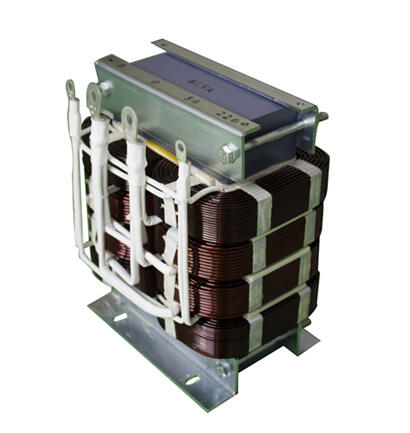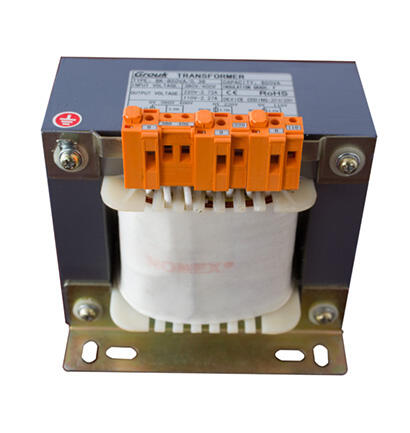optical fiber temperature
Optical fiber temperature sensing technology represents a groundbreaking advancement in temperature monitoring systems, offering unprecedented accuracy and reliability in various industrial applications. This innovative technology utilizes specialized optical fibers that act as both sensing elements and signal transmission mediums. The system works by measuring temperature-induced changes in the optical properties of light traveling through the fiber, allowing for continuous, real-time temperature measurements along the entire length of the fiber. With the ability to measure temperatures ranging from -200°C to +800°C, these systems provide distributed sensing capabilities, enabling temperature measurements at thousands of points simultaneously. The technology employs various sensing principles, including Raman scattering, Brillouin scattering, and Fiber Bragg Gratings, each offering specific advantages for different applications. These systems excel in environments where traditional temperature sensors prove impractical or insufficient, such as in power transmission systems, oil and gas pipelines, and structural health monitoring of large infrastructure.


